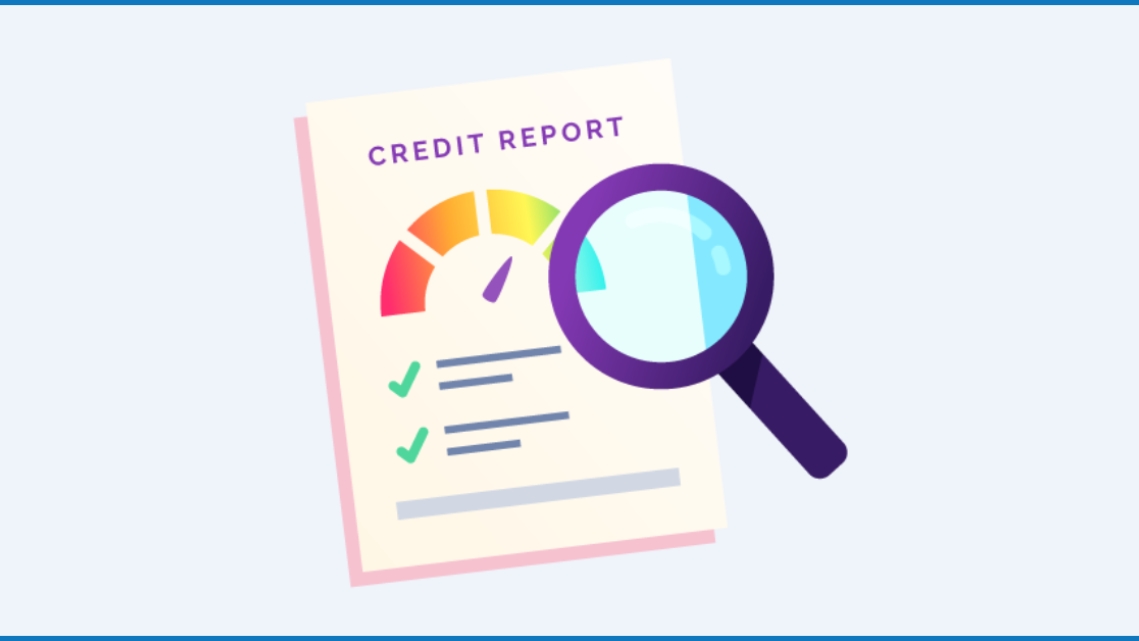In today’s fast-paced financial world, smart data has revolutionized how individuals and businesses monitor and manage credit. Traditional credit monitoring methods, while effective in the past, often lacked the precision and predictive capabilities needed to address modern financial complexities. With the advent of smart data analytics, credit monitoring has become more efficient, proactive, and insightful.
What Is Smart Data?
Smart data refers to data that has been processed and analyzed to provide actionable insights. Unlike raw data, which requires extensive interpretation, smart data is filtered, contextualized, and optimized for decision-making. When applied to credit monitoring, it allows financial institutions and individuals to understand spending patterns, detect anomalies, and predict financial trends.
How Smart Data Enhances Credit Monitoring
1. Real-Time Alerts for Anomalies
Smart data enables real-time monitoring of credit activities. Algorithms analyze credit transactions and instantly flag suspicious or unusual activities. For instance:- Sudden large purchases or withdrawals can trigger alerts.
- Changes in credit utilization patterns can be identified immediately.
2. Improved Credit Score Analysis
Traditional credit scores often provide a snapshot of your financial health but lack deeper insights. With smart data, credit monitoring tools can:- Break down credit scores into detailed components, such as payment history, credit mix, and debt levels.
- Provide actionable advice on how to improve specific areas of your credit profile.
3. Predictive Analytics for Future Planning
Smart data leverages machine learning and predictive analytics to forecast future credit behavior. By analyzing past spending and payment patterns, it can:- Predict the likelihood of missed payments or default risks.
- Suggest optimal ways to manage credit limits and balances.
4. Enhanced Fraud Detection
Fraud prevention is a critical aspect of credit monitoring. Smart data systems utilize:- Behavioral analytics to identify deviations from typical spending habits.
- Cross-referencing with external databases to detect stolen or fraudulent identities.
5. Personalized Credit Management Insights
With smart data, credit monitoring tools can offer personalized insights based on individual financial habits. This includes:- Customized alerts for when your credit utilization exceeds a certain threshold.
- Recommendations for better credit card usage to optimize rewards and reduce interest payments.
The Impact on Businesses and Consumers
For businesses, smart data in credit monitoring streamlines risk management and enhances customer service. Companies can assess credit risks more accurately, leading to better lending decisions.
For consumers, smart data offers greater transparency and control over their finances. By providing timely alerts and actionable advice, it reduces the stress and uncertainty often associated with credit management.
Conclusion
The integration of smart data in credit monitoring marks a significant advancement in financial technology. By providing real-time insights, predictive analytics, and enhanced fraud detection, smart data empowers both individuals and businesses to make informed decisions about their credit.
As financial systems become increasingly digitized, leveraging smart data will be essential for maintaining financial health and security. Embracing these tools can lead to smarter credit management, improved credit scores, and a more secure financial future.
About Us
We challenge inaccuracies that may damage your scores and reflect negatively. We dispute using a state of the art system and utilization of the FCRA, guiding consumers to assert their legal rights. We do it every day! We guarantee honesty and dependability, virtues which most people seem to have forgotten.

Contact us
- Nashville/Hendersonville
- 321-305-2935
- services@creditrepairchamp.com
- Mon - Fri :10:00 am - 6:00 pm
- Sat :10:00 am - 1:00 pm


